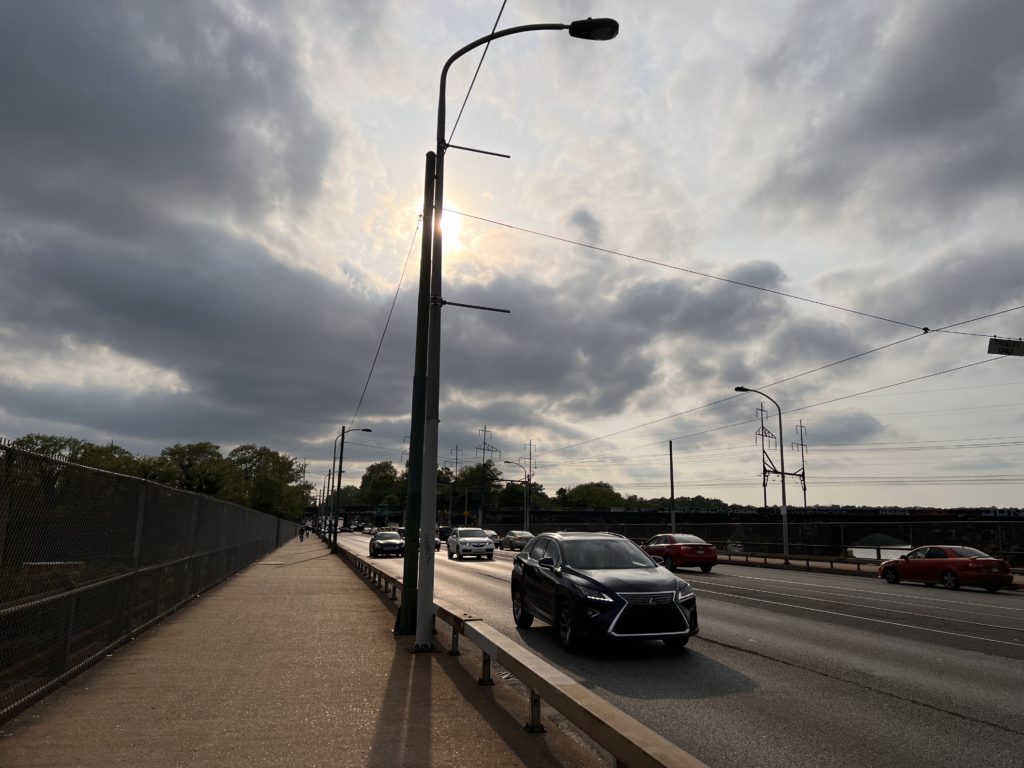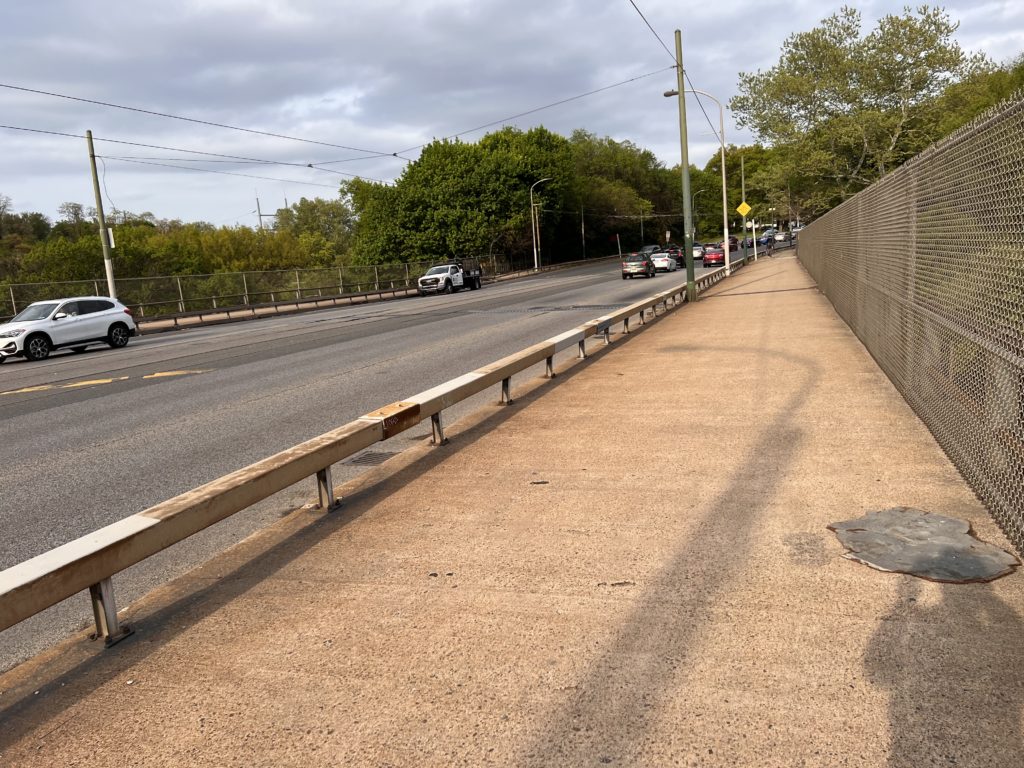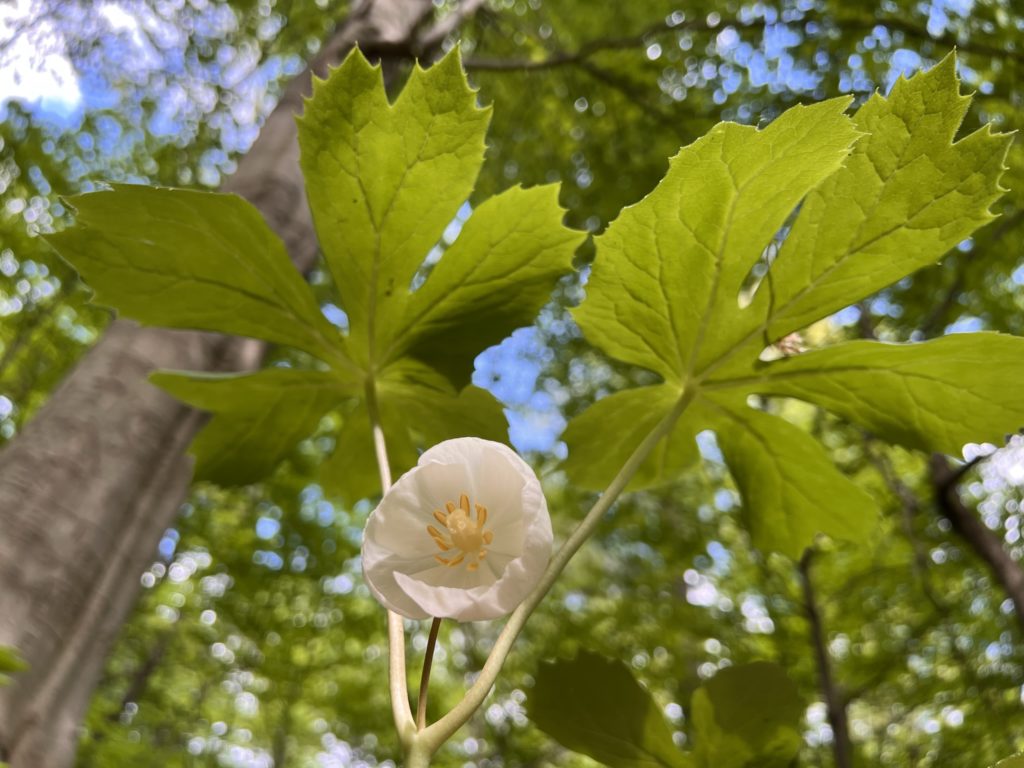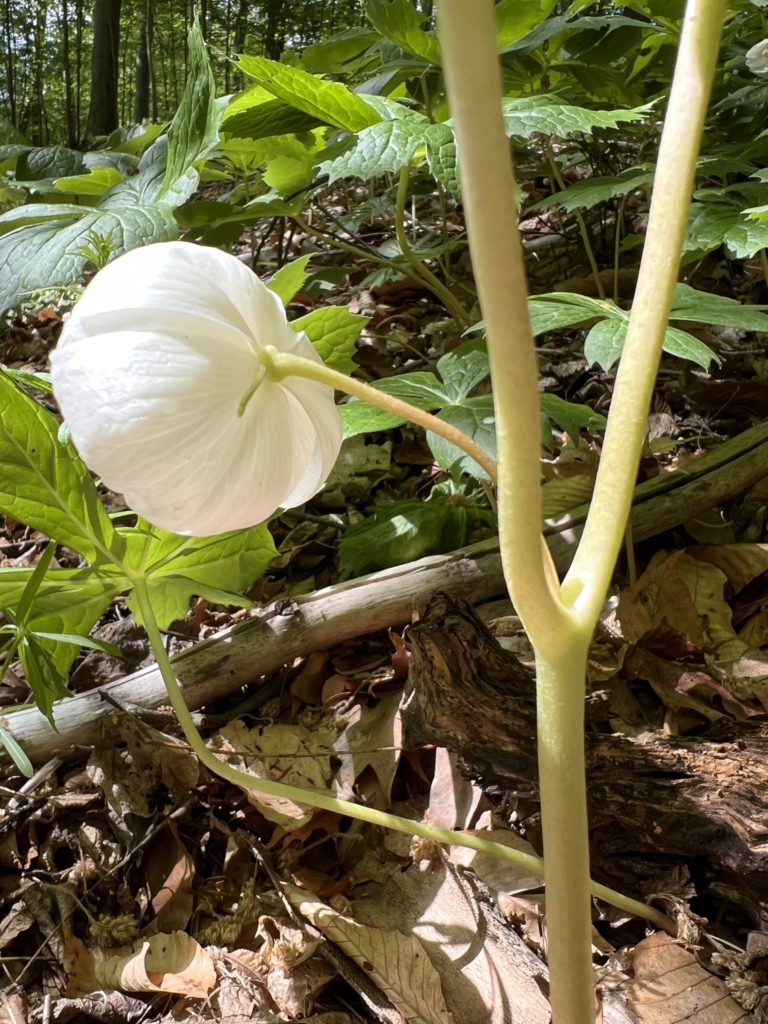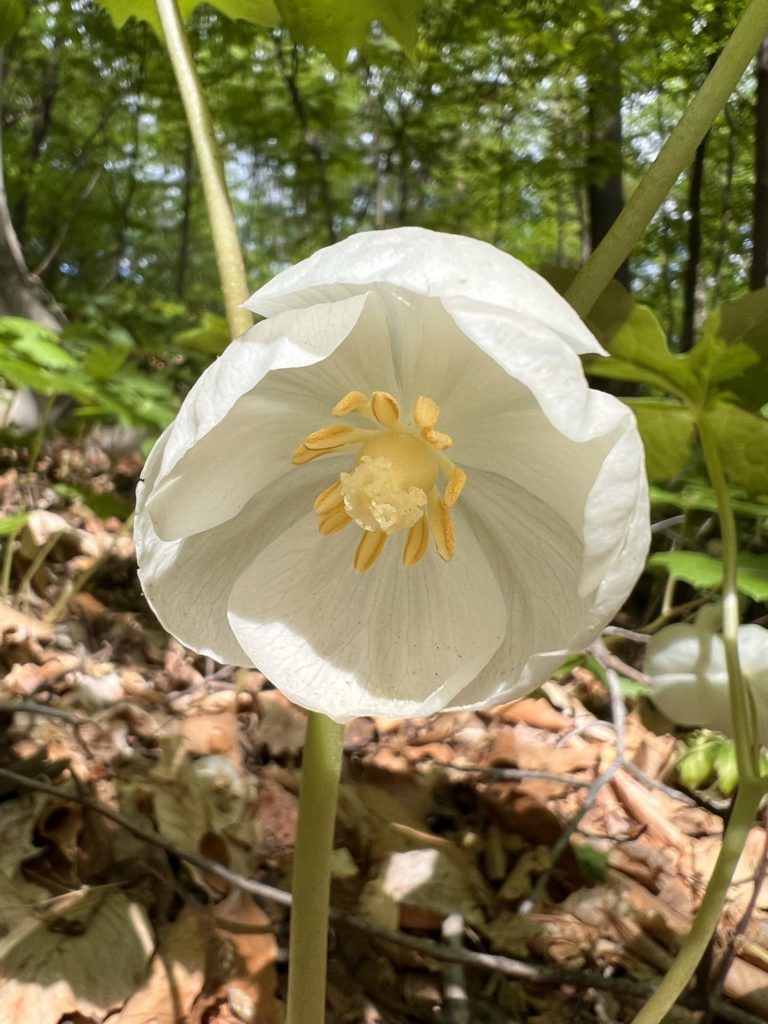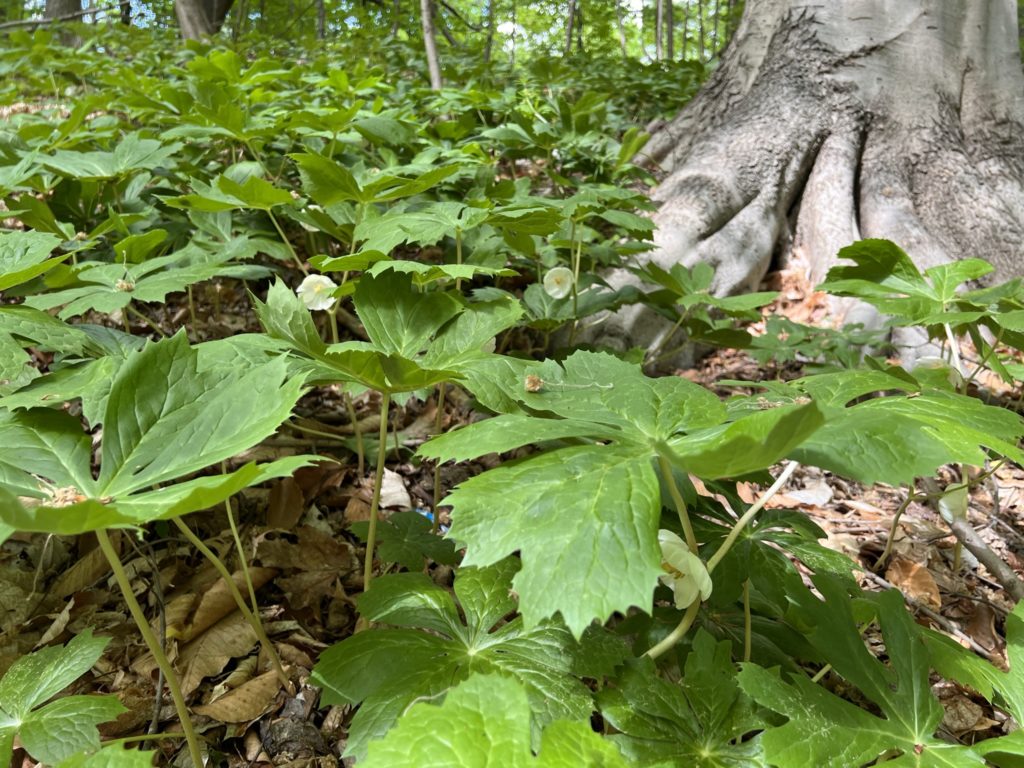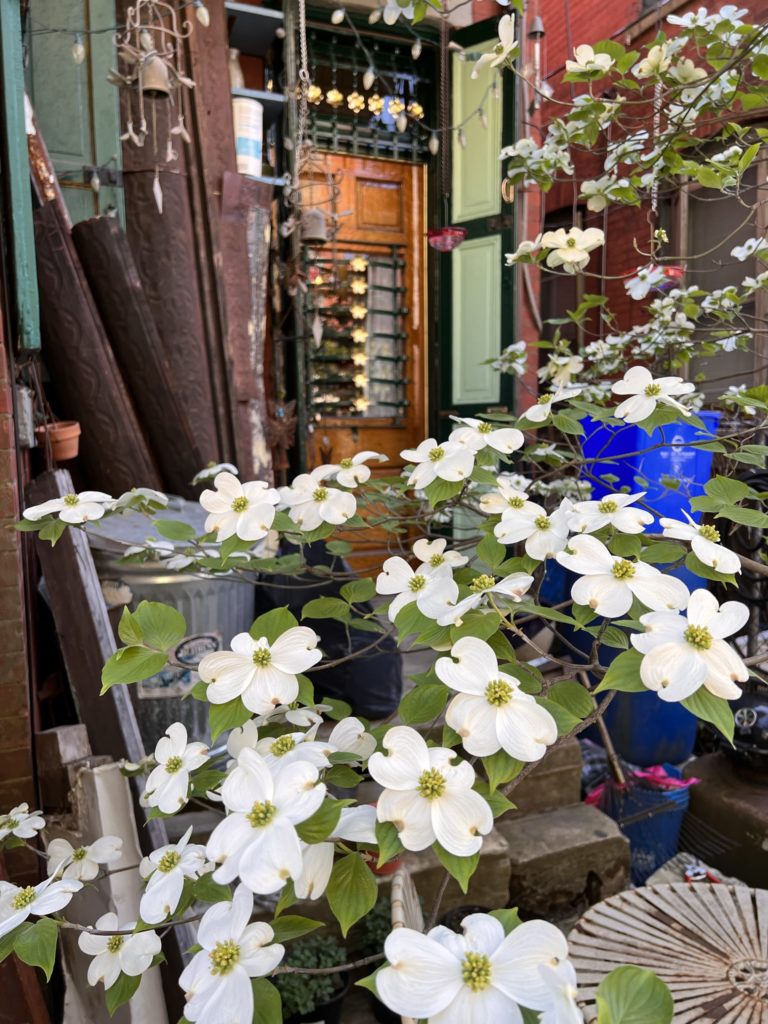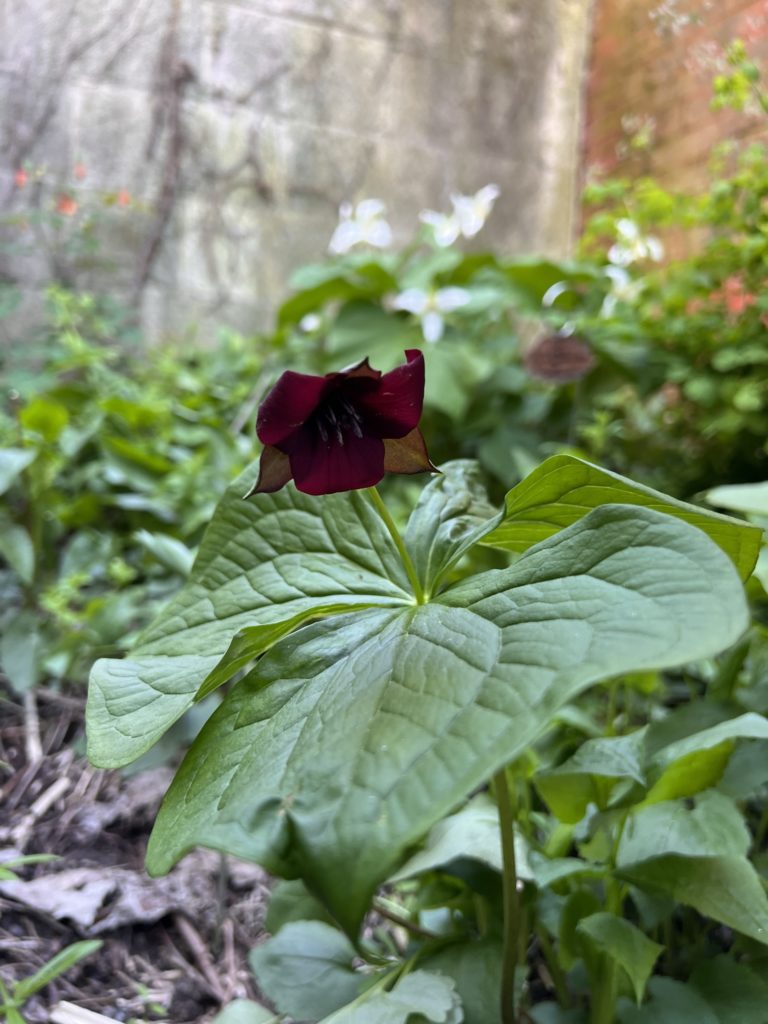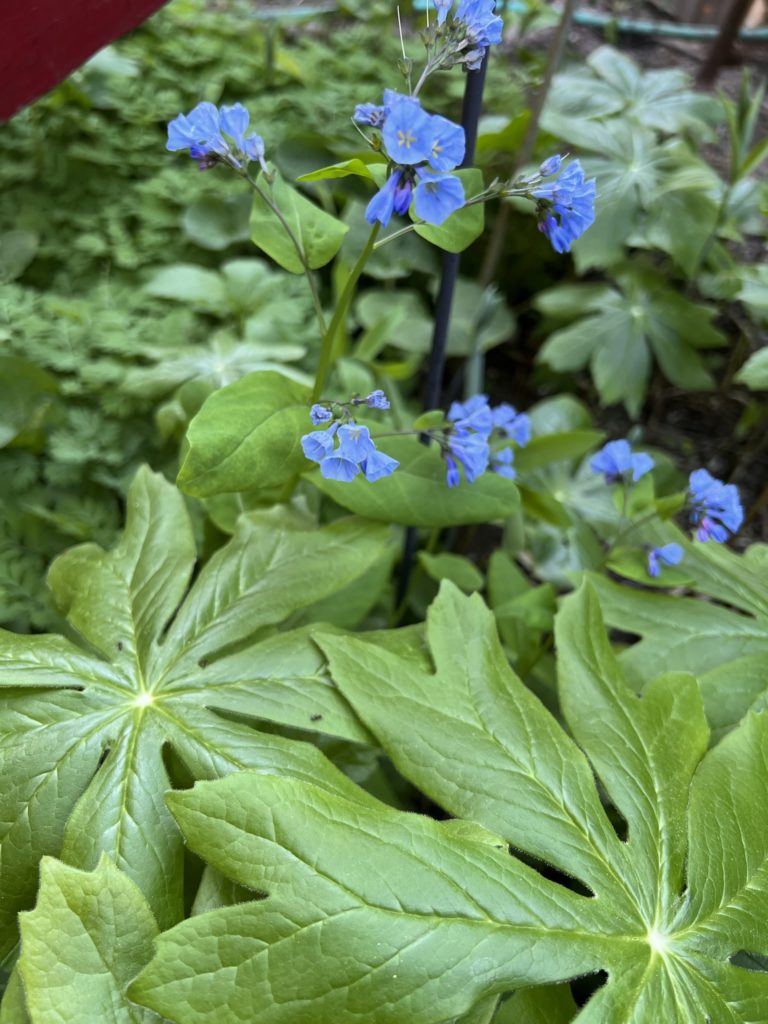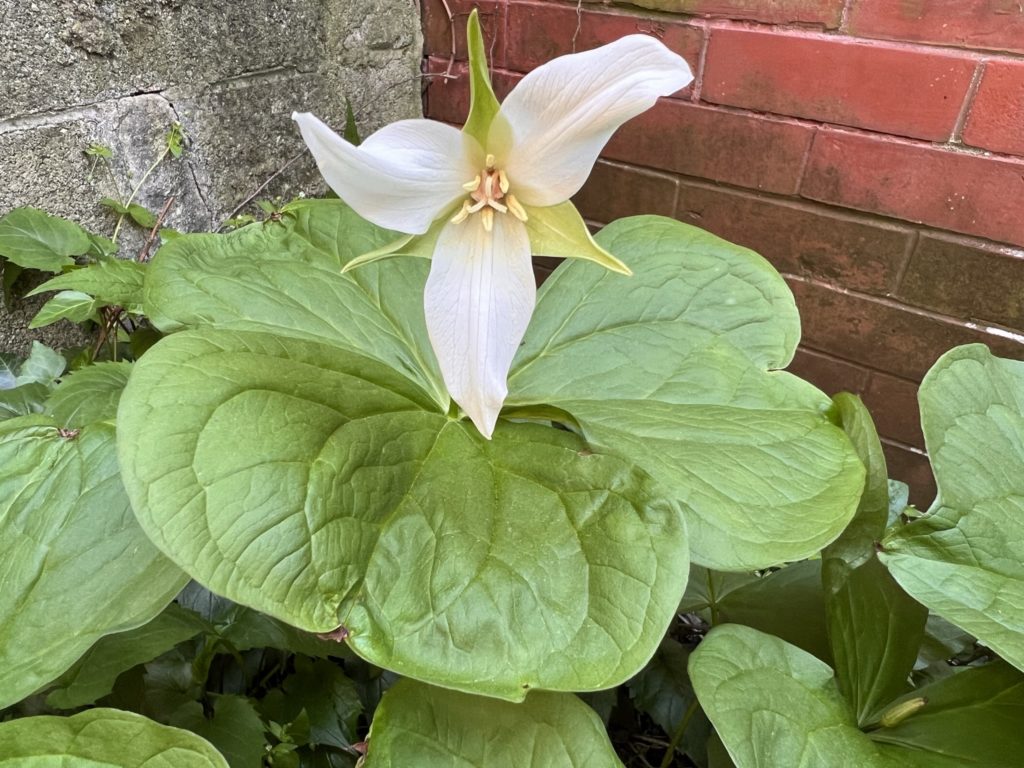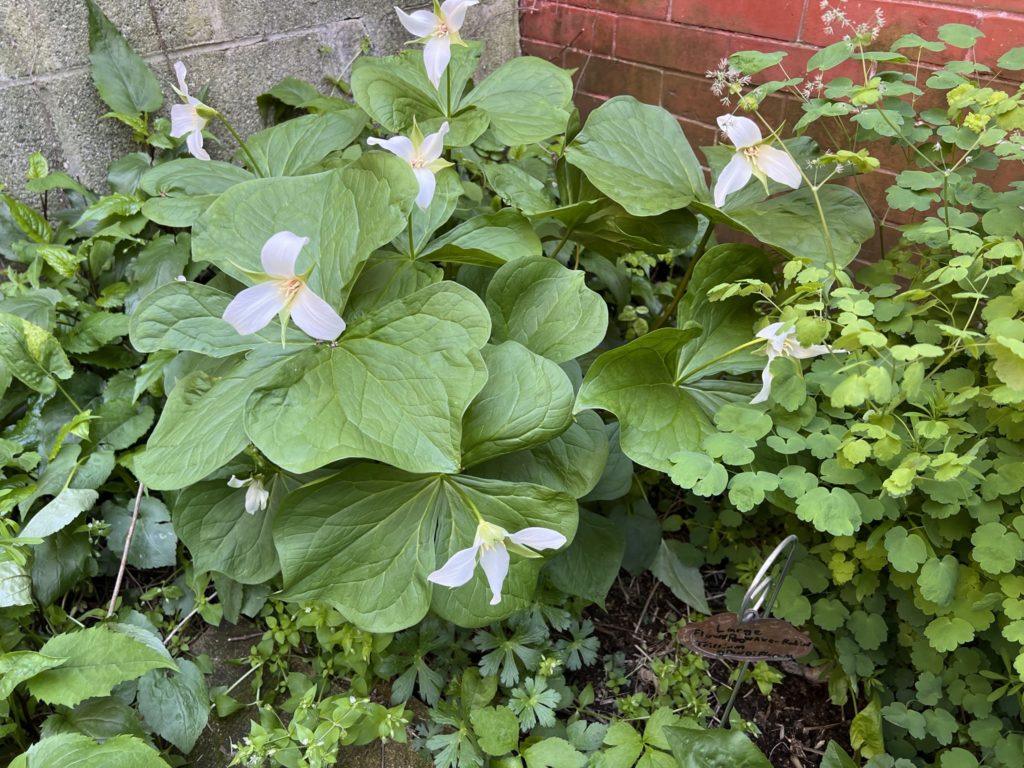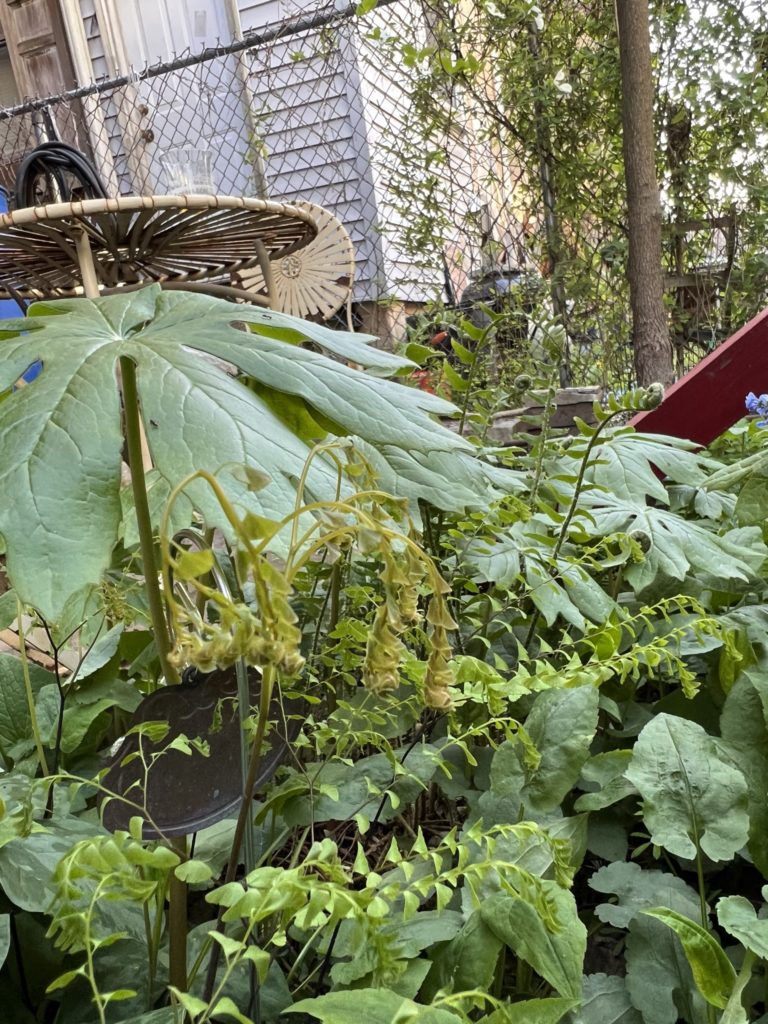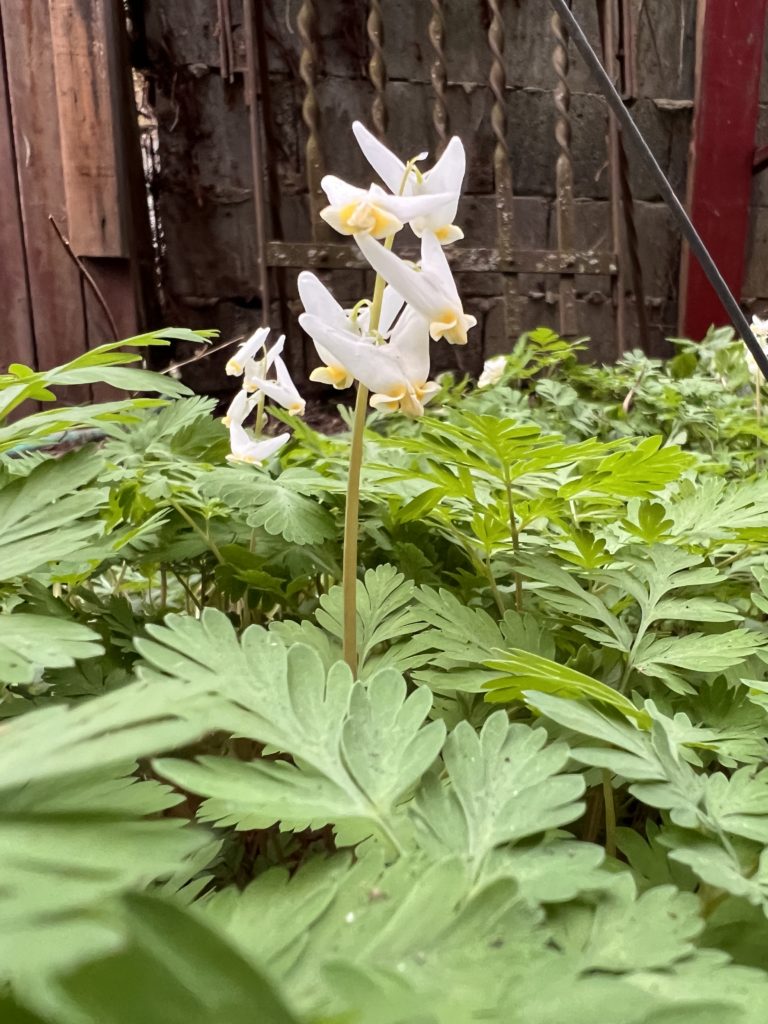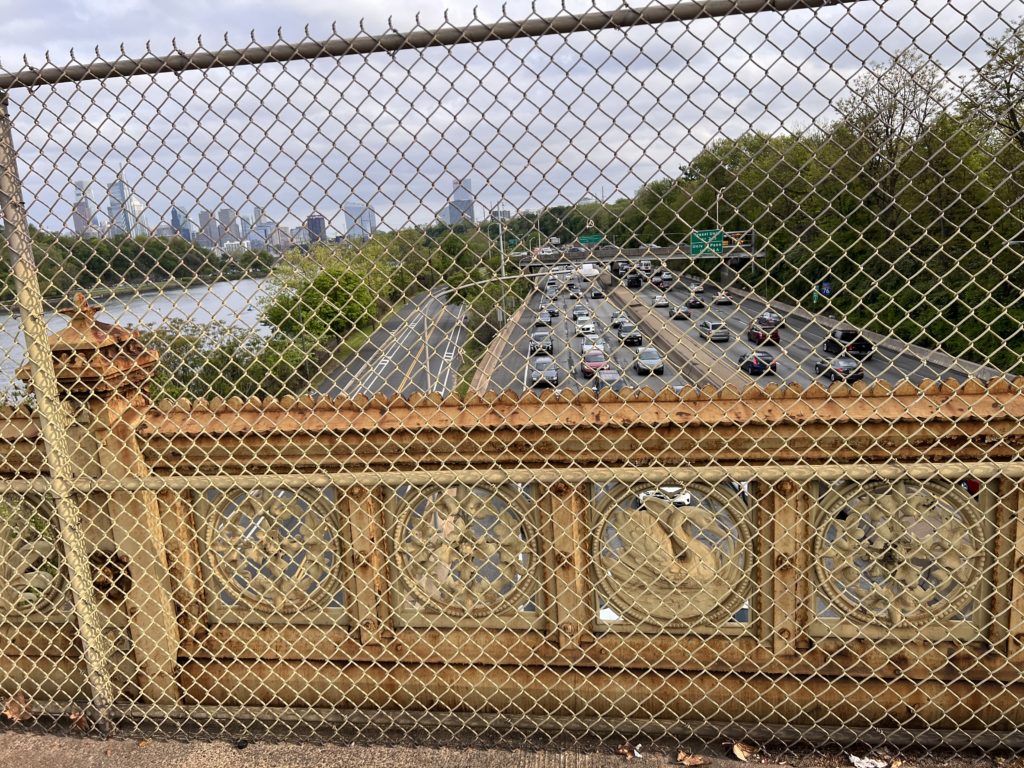
The Girard Avenue bridge was imagined and resources were allocated in the public sphere to execute the vision of an elegant iron structure to bring visitors to the Philadelphia Zoo and to connect North and West Philadelphia. Cast iron swans were poured and integrated into the ornate railings. The bridge was built to accommodate trolleys and was grand and important. The city had made efforts to maintain it at a bare minimum. There was a decking upgrade project completed almost a quarter century ago, and SEPTA has maintained the trolley tracks, which will be soon graced with running revenue service newly refurbished vintage PCC trolleys, an exceptional feat!
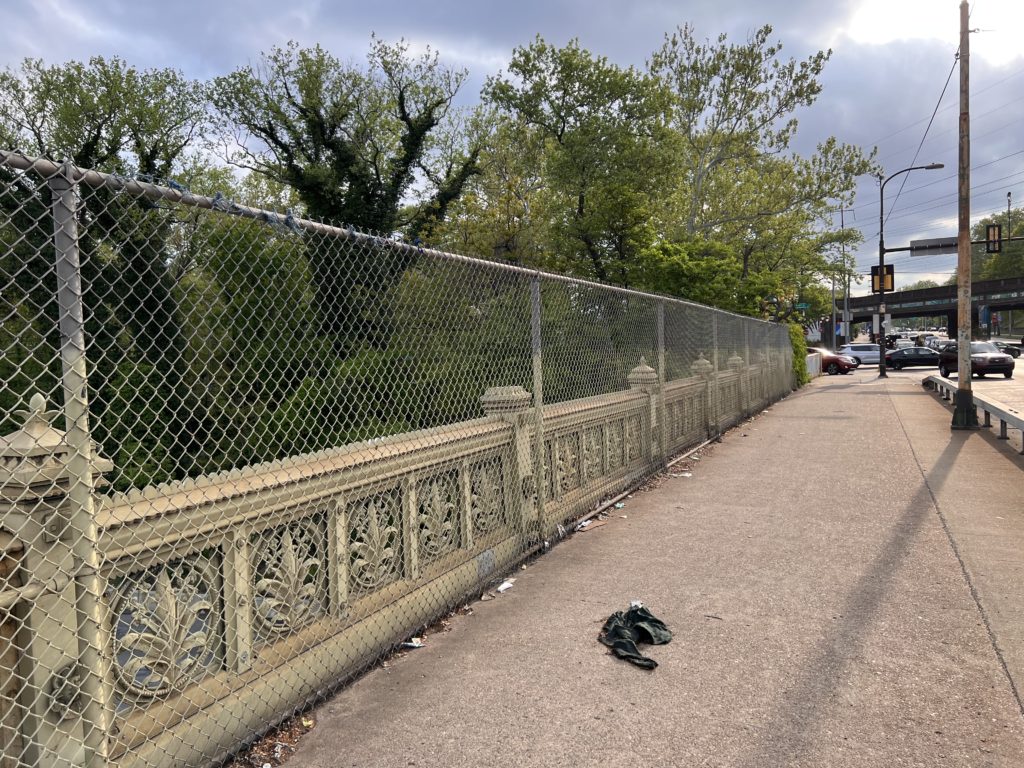
The Bridge is still a ghost of its former self, rusting railings and decrepit masonry walls, bleak and barren. It is used heavily and is a lifeline between the the two Philadelphias. Pedestrian, auto and public transport all share the vast decking at a constant rate day and night.
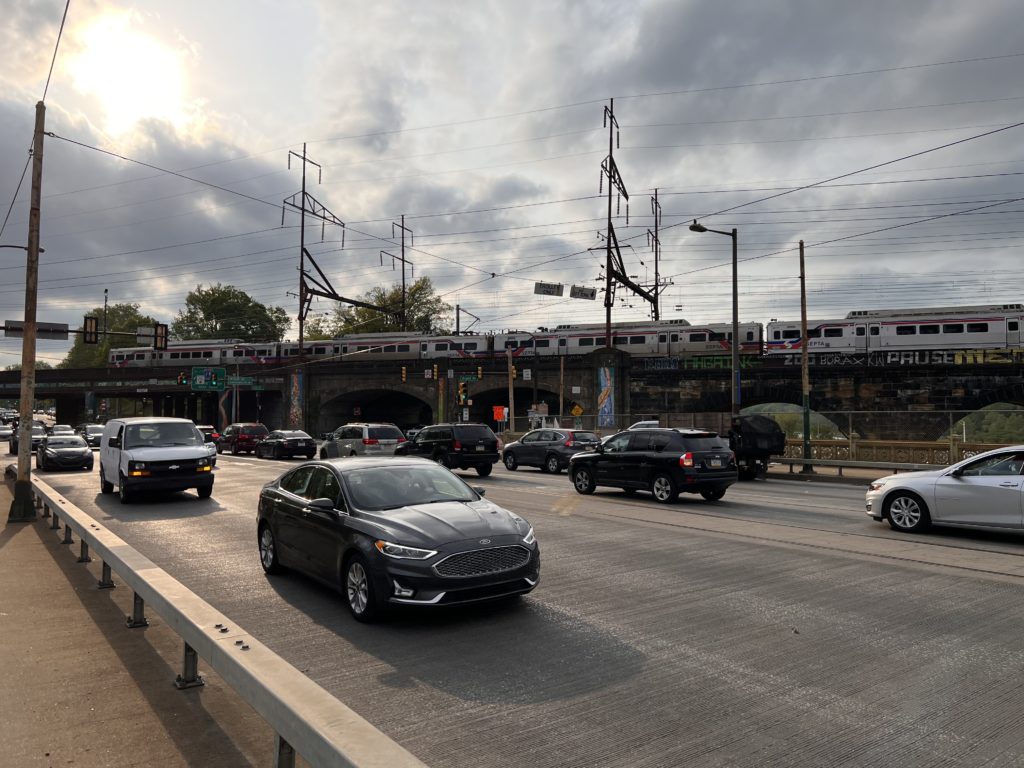
The bridge needs to be restored and reimagined to meet the expectations and standards of a modern city that honors its past. The original vision needs restoration but the modern improvements such as walkable pedestrian lanes, dedicated bike lanes, dedicated and isolated trolley tracks and reasonable accommodations for cars as well (one lane each way instead of the current two lanes each way).
There must be an alternative solution to the hideous chain link fence around the whole thing! We can do better and we need to position ourselves as citizens to build a better bridge rather than tacitly accepting a questionable bare minimum.
Where is the Infrastructure money?? Where is it going?? When does it come our way??
This bridge could be a potential rallying issue to demand better of our city, society and local communities. Maybe not right this instant, just wait until it is closed down because it rusted away just like the Martin Luther King Drive bridge did and is now completely shut down until who knows when.
